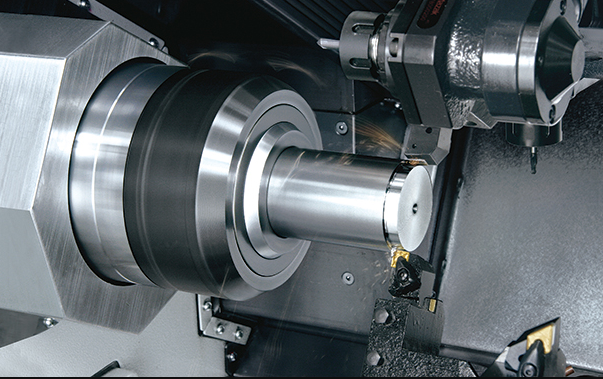Ang email dili mahimong walay sulod
Ang password dili mahimong walay sulod
Sayop sa format sa email
Ang email dili mahimong walay sulod
Anaa na ang email
6-20 ka karakter (mga letra ug numero lamang)
Ang password dili managsama
Sayop sa format sa email
Ang email dili mahimong walay sulod
Wala ang email
6-20 ka karakter (mga letra ug numero lamang)
Ang password dili managsama

Balita
7 Benefits of Using Liquid Silicone Rubber for Injection Molding
Manufacturers in a wide range of industries use plastics in their injection molding processes. Plastics are a popular option because they are strong, lightweight and can be molded easily into the desired shape.
However, materials like thermoplastic elastomers cannot withstand extreme heat and distort and lose their shape when exposed to high temperatures. That is why more and more manufacturers are turning to liquid silicone rubber.

What is liquid silicone rubber?
Liquid silicone rubber (LSR) is a two-part silicone-based polymer joined together by a chemical bond. It’s most commonly used to create injection molded parts for products used in industries such as automotive, food, appliances, textiles, and consumer goods.
When the polymer is injection molded and heated, the catalyst initiates a cross-linking progression. This progression gives the substance permanent strength and shape after the curing process.
The resulting material is strong and durable, making it ideal for a variety of products including:
- Appliance hardware
- Automotive parts
- Electronics interfaces
- O-Rings
What are the benefits of using liquid silicone rubber?
Superior heat stability
LSRs can withstand temperatures up to 180 °C with no melting or creeping. They have become a popular option for heavy-duty and automotive applications like seals and gaskets.
Low-temperature flexibility
Thermoplastic elastomers can lose their flexibility at extreme temperatures. At low temperatures, they become harder and more brittle until they eventually crack. LSRs, however, remain flexible at temperatures as low as -50 °C. They are an excellent choice for any products that need to operate in a low-temperature environment.
Aging resistance
Aging resistance is an important factor in determining the right material for your injection molding process. Cured LSR materials provide excellent resistance to UV rays, weathering, and aging. They are ideal for use in applications where long-term exposure to the elements is a concern.
Chemical resistance
Thermoplastic elastomers can resist chemicals in a broad range of applications. But they only offer chemical resistance in moderate temperature ranges. LSR offers low water absorption and excellent resistance to common chemicals even when exposed to extreme temperatures.
Low compression set
A low compression set means that materials can resist permanent deformation under a constant strain. LSRs have a very low compression set, typically in the range of 15%-20%. They are able to retain their elasticity even when compressed for extended periods of time and subjected to different temperature ranges.
Great shelf life reliability
The shelf life of liquid silicone rubber is one of the key factors contributing to the ease of use in a manufacturing environment. Most LSR products are available with a shelf life of at least one year.
Electrical resistance
Electronics manufacturers need to know that the materials they are using can resist corona discharge. LSR offers high resistance to electrical stress without impacting the conductivity of the final product. For this reason, these materials are commonly used in high-voltage applications and electrical parts.
Conclusion
For more information about casting silicone rubber,high temperature casting silicone,high temp casting silicone, we are glad to answer for you.

